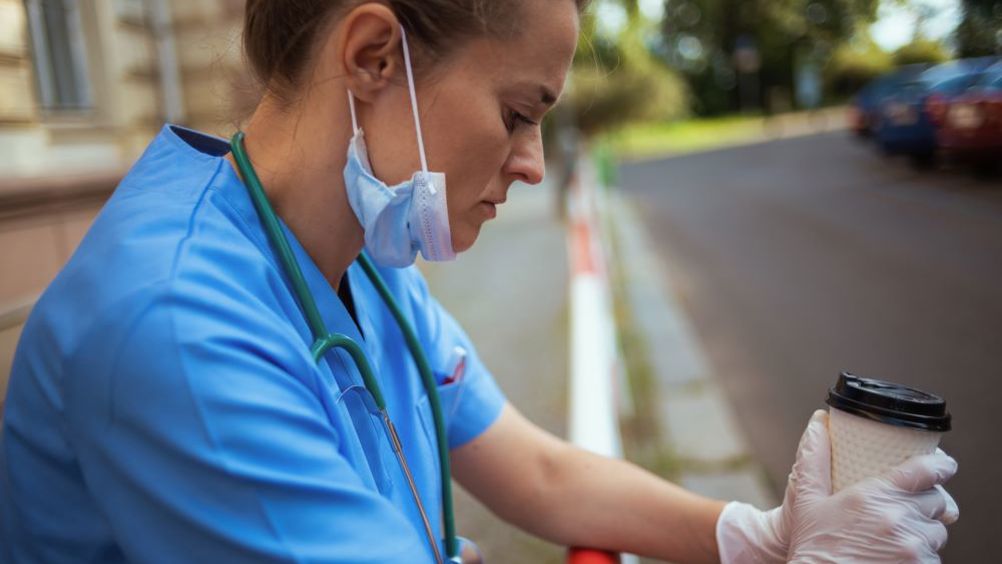Holding steady in the face of the storm

The healthcare landscape changed enormously in 2020 when all healthcare workers had to work differently due to SARS-CoV-2. Infection prevention and control (IPC) nurses were the most involved in this domain. Expertise in IPC was in high demand and, with the many waves of the pandemic between 2020 and 2022, SARS-CoV-2 had a significant influence on the IPC team at my Trust.
There was a requirement for all healthcare staff to be trained in donning and doffing personal protective equipment (PPE). The pandemic put pressure on the IPC team and the Trust as a whole, and increased the workload of the IPC team.
The ongoing staff absences due to the waves of infection had an impact on the rates of healthcare-associated infection (HCAI) and good IPC practice.
In March 2020, in order to accommodate COVID-19 intakes, there was pressure to release NHS beds. Elevated COVID-19 rates affected the admission and discharge of patients. The hospital bed management team and the IPC team collaborated closely and worked as a single team to ensure that patients were managed in compliance with robust IPC standards. The IPC nurses assisted in guiding decision-making through daily COVID-19 IPC huddles.
Register now to continue reading
Thank you for visiting British Journal of Nursing and reading some of our peer-reviewed resources for nurses. To read more, please register today. You’ll enjoy the following great benefits:
What's included
-
Limited access to clinical or professional articles
-
Unlimited access to the latest news, blogs and video content

